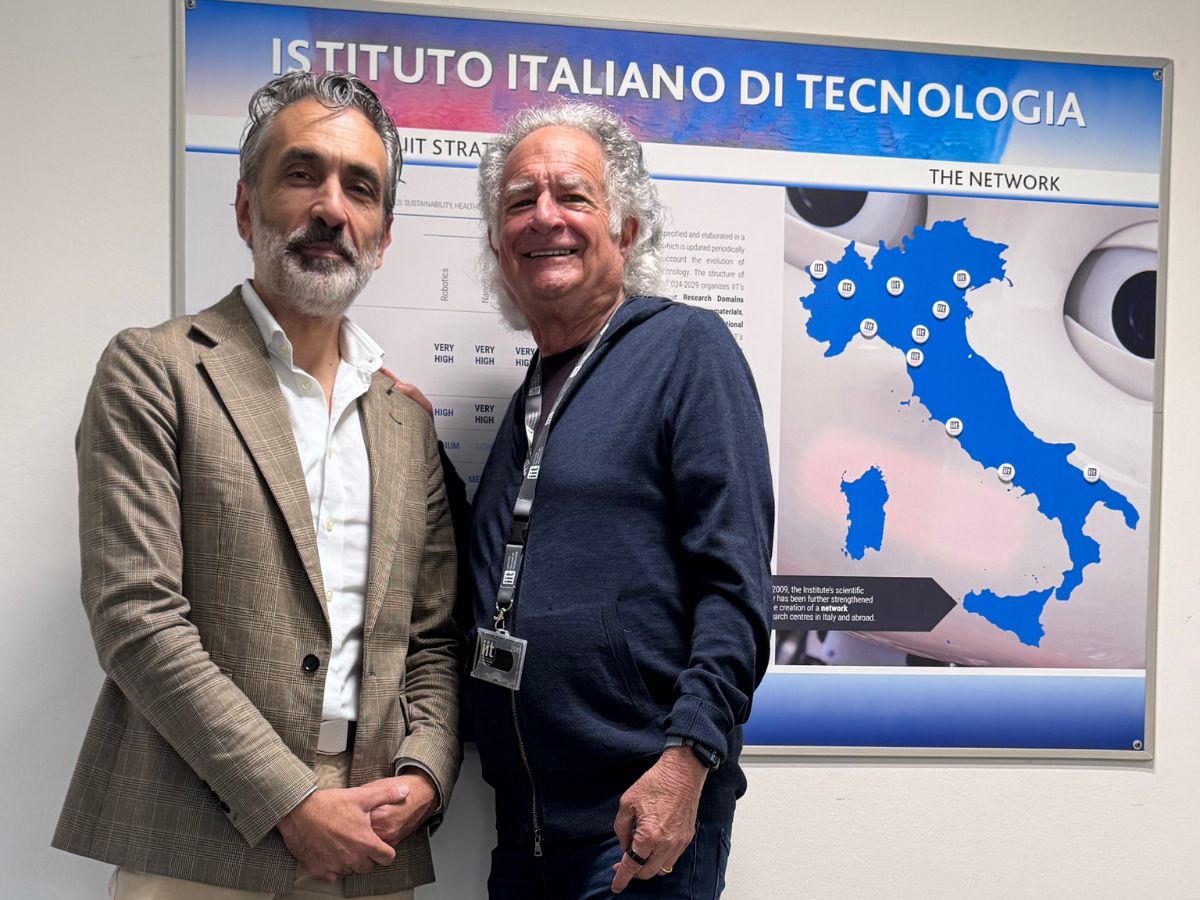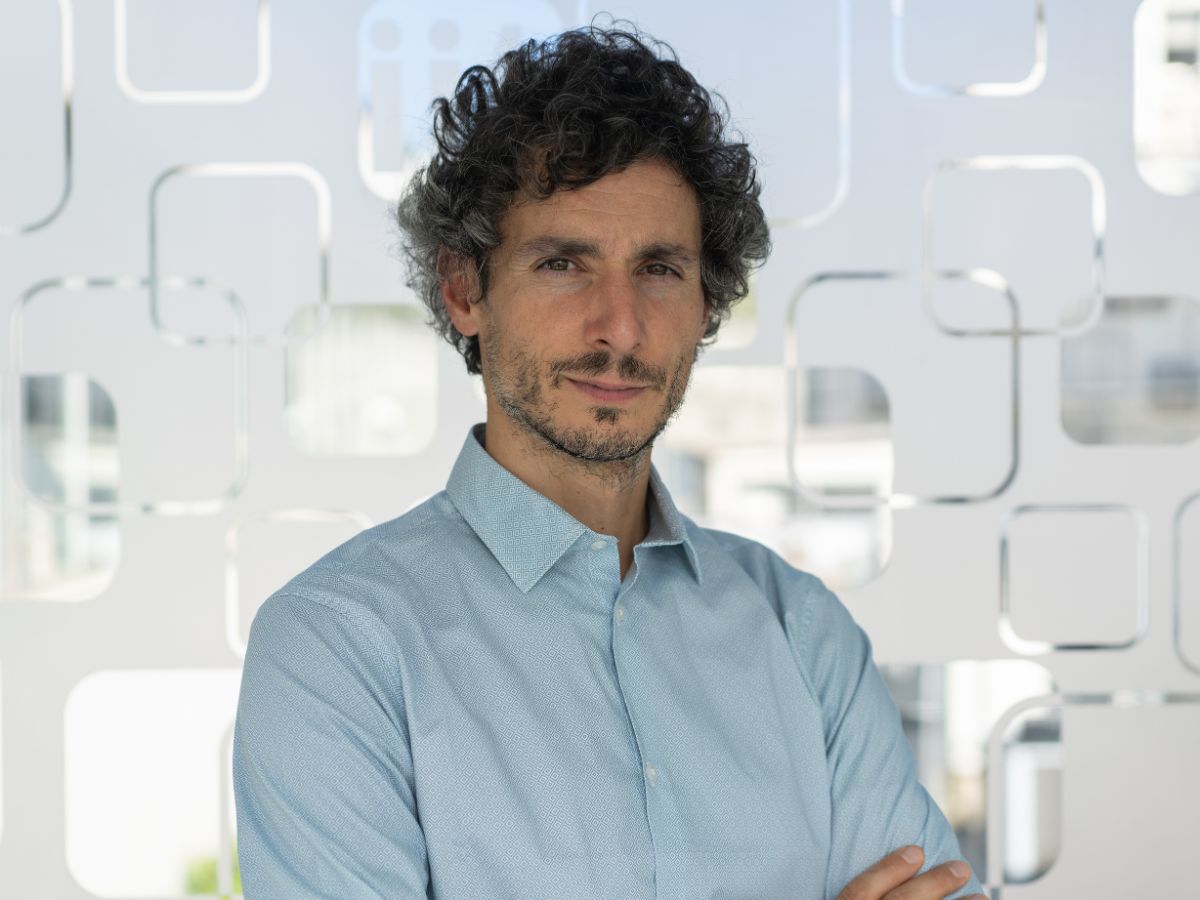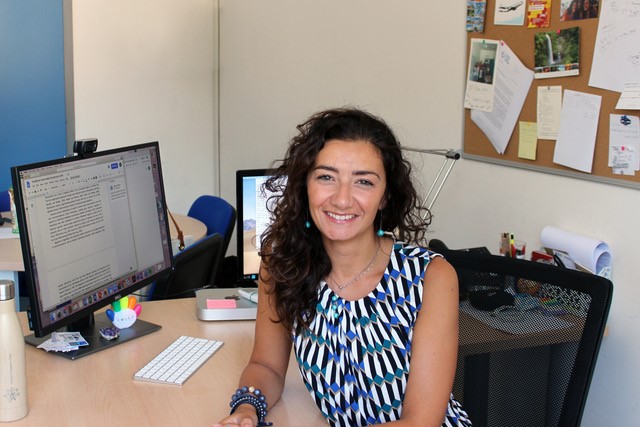Interview with Stefano Patuanelli, Minister for Agricultural, Food and Forestry Policy.
What is the size of Italy’s agri-food industry?
According to the latest ISMEA (Istituto di servizi per il mercato agricolo alimentare, Insitute of services for the agriculture and food market) Qualivita Report, the #DopEconomy figures for 2019 depict a sector enjoying growth: €16.9 billion production value (+4.2% in one year), representing 19% of the overall turnover of Italian agri-foods, and exports for €9.5 billion (+5.1% in one year) corresponding to 21% of national exports in the sector, thanks to the work of over 180,000 professionals and the commitment of the 285 recognised protection consortia. With its ‘galaxy’ of certified products, and a total of 818 products, Italy is the country with the highest number of DOP IGP (Denominazione di Origine Protetta, Indicazione Geografica Protetta – Protected Geographical Indication, Protected Designation of Origin, PDO PGI) products in the world in 2017. Certified products are present throughout the country at grassroots level, though there are slight geographical differences. This represents a point of excellence that has won world-wide recognition, and it is our duty to protect it, while also looking towards its future, as MIPAAF (Ministero delle politiche agricole alimentari e forestali, Ministry of agricultural, food and forestry policy) is doing.
What is the meaning of Agriculture 4.0?
Agriculture 4.0 is the development of the concept of ‘precision agriculture’. We use this term to define targeted and efficient operations in agriculture on the basis of data, such as, for example, the physical and biochemical characteristics of the soil. A set of tools and strategies that enable farms to use advanced technology in a synergistic and interconnected way in order to make production more efficient and sustainable.
The use of this type of solution in agriculture makes it possible, for example, to calculate the water requirements of a particular crop with great precision, to predict the onset of certain plant diseases, or to provide advance identification of pests that could attack crops, all while avoiding waste.
Another area of operation comprises traceability in the supply chain, with tools that make it possible to gather relevant data, starting from crops in the field right through to the packaging stage, ensuring that each step of the process is monitored. Reducing margins of error ensures a short supply chain capable of producing food of the highest quality, in an environmentally sustainable way. Sustainability, rationalisation and attention to the environment must become the key words underpinning our work in the agri-food sector and in many other fields.
How do you view the future of this sector?
Agriculture is the most fertile terrain for an ecological and digital transition, and now we have to take a quantum leap towards innovation in the primary sector, looking ahead to 5.0. We are facing a new revolution in the primary sector because the conditions are mature for this area to become part of the ecological transition by means of digital services and all those systems that currently make it possible to preserve environmental aspects, increasing the land’s production capacity while also reducing the use of those areas that then have difficulty in regeneration. In this new scenario, consolidating partnerships with research institutes of excellence such as IIT is not only desirable, but mandatory, for our sector.





